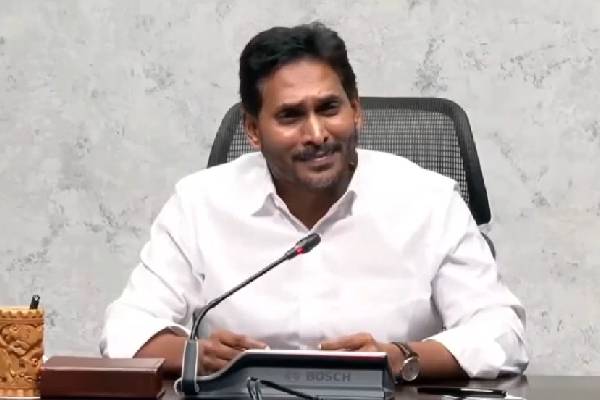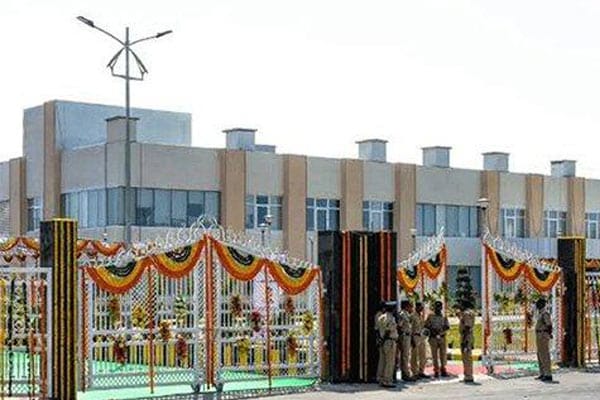The United States has entered yet another government shutdown, its 21st since 1977. While other nations manage to keep their governments running even during wars or constitutional crises, America’s federal system often grinds to a halt. This is because different branches of government can be controlled by opposing parties, creating opportunities for deadlock. The practice of shutdowns dates back to 1980, when President Jimmy Carter’s administration adopted a strict interpretation of the 1884 Anti-Deficiency Act. The new rule meant that without an approved budget, the government could not legally spend money or enter into contracts. Since then, shutdowns have become a bargaining chip in bitter political battles.
A funding fight turns into a shutdown
The latest shutdown began at 12:01 a.m. Wednesday, after both Democratic and Republican funding bills failed in the Senate. Democrats pushed for a measure that extended Affordable Care Act subsidies and reversed Medicaid cuts. Republicans countered with a short-term bill to fund the government for seven weeks. Neither gained enough support.
With no deal in place, the White House ordered federal agencies to initiate plans for an “orderly shutdown.” Senate Minority Leader Chuck Schumer accused Republicans of refusing to negotiate in good faith, while Vice President JD Vance placed blame on Democrats, claiming they “won’t do the right thing.”
The impact on federal workers
The shutdown’s immediate victims are the nearly four million federal employees. Roughly half will be furloughed, meaning they cannot work or collect paychecks. Others, such as air traffic controllers, TSA officers, and military personnel, will be required to work without pay. About two million active-duty service members fall into this category, a strain made worse by the fact that one in four military families already struggles with food insecurity.
Federal contractors, including janitors and security guards, face an even harsher reality. Unlike direct employees, they are not guaranteed back pay once the shutdown ends. Meanwhile, lawmakers in Congress will continue receiving their $174,000 annual salaries.
Essential services under strain
Some core programs like Social Security, Medicare, and Medicaid will continue, but many related services are expected to slow down. At the Department of Health and Human Services, about 60 percent of staff may be furloughed. The Centers for Disease Control could lose two-thirds of its workforce, while the Food and Drug Administration warns it cannot guarantee the safety of meat, milk, or eggs during the shutdown. National parks, Smithsonian museums, and many federal courts could close within days. Past shutdowns have caused widespread disruption, from grounded flights to cancelled immigration hearings.
A costly political gamble
The economic toll is significant. The 35-day shutdown of 2018–2019 erased an estimated $3 billion in economic activity that was never recovered. If history repeats itself, the costs will be felt not just in Washington, but across the country, from military families to food assistance programs like WIC, which millions of women and children depend on.
What’s Next for America
Congress is expected to vote again, but unless both sides compromise, the shutdown could drag on. For millions of Americans, the political standoff is more than just a headline; it’s a direct threat to their livelihoods. The U.S. government may be built on checks and balances, but for ordinary citizens, those checks now come without balances.

































